Did you know that 45 minutes of weeding is the cardio equivalent to 30 minutes of high-impact aerobics? In fact, gardening can help you reduce pain, improve mental health and even protect your home. If you’ve been thinking about picking up a new hobby, there are plenty of reasons to try gardening and plenty of ways to get your hands in the dirt. Best of all, this spring is the perfect time to get started. Here are some of the great benefits of this hobby, as well as ways to try out gardening for beginners.
Physical Health Benefits of Gardening
The Centers for Disease Control (CDC) advises that you engage in 2.5 hours of moderate-intensity activity, such as gardening, every week. If you’re just starting out—either as an athlete or a gardener—you can garden in 10-minute sessions to reach 2.5 hours per week and still reap the same benefits, which include:
- Increased energy, heart rate and muscle strength
- Reduced risk for major diseases such as heart disease and stroke
- Relief from arthritic pain and stiffness
And don’t forget about the immune-boosting, bone-strengthening Vitamin D your body will make when you spend time outdoors. You can make all that you need just by spending 10-15 minutes outside on a sunny day, but be sure to wear your sunscreen!
Furthermore, researchers have found that growing an edible garden can increase fruit and vegetable intake, especially in children. But even for adults, growing fresh veggies or herbs right outside the kitchen door or window can provide a nutritional boost with every harvest.
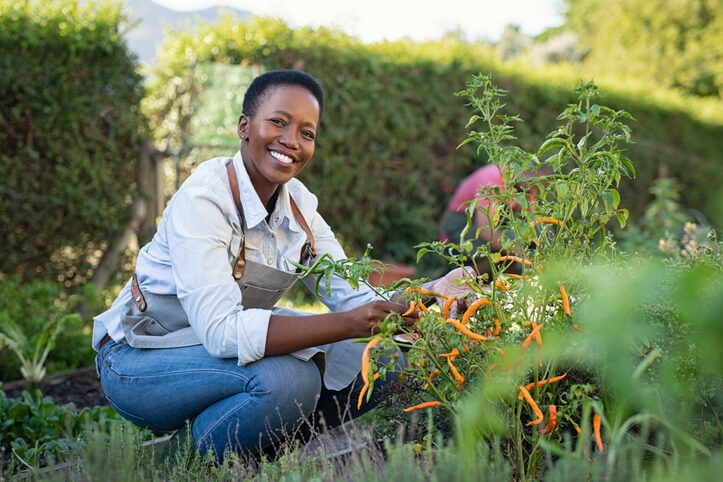
Mental Health Benefits of Gardening
Gardening as an exercise is also good for your mind. Studies have demonstrated that regular physical activity, even 10-minutes bouts, can reduce anxiety and stress, improve mood and help lift depression symptoms.
Even if your approach to gardening is more leisurely, you can still enjoy its mental health benefits. Gardening encourages mindfulness, a state in which you are acutely focused on your thoughts, feelings, sensations, and what you’re doing moment-by-moment. Mindfulness promotes a sense of calm and can decrease stress, hostility, and anxiety, increase happiness and life satisfaction, and improve cognitive function.
Gardening can even boost feelings of hopefulness as you plant seeds, nurture them, and watch them grow. As someone who gardens in my own back yard and at a community garden, I can tell you that there’s just no better feeling than seeing (and possibly eating) the fruits of your labor as your garden grows.
Gardening to Beautify and Protect Your Home
Gardening is one of the best, and easiest, ways to increase your home’s curb appeal (i.e., its attractiveness when viewed from the street). Take a walk around the outside of your home and look for things you think could be improved. Is there an overgrown patch that needs a little TLC? Do you want to replace the shrubs that died last year? Does the front yard need reseeding or weeding? Whatever it is, small projects are a great way to get started gardening.
Gardening and landscaping can also help you protect your house should a weather emergency, such as a hurricane or wildfire, strike your area. Tasks, like trimming overhanging tree branches (which could fall during a hurricane) and cleaning up dead or dried plants (which could spread fire), might just save you a homeowners insurance claim.
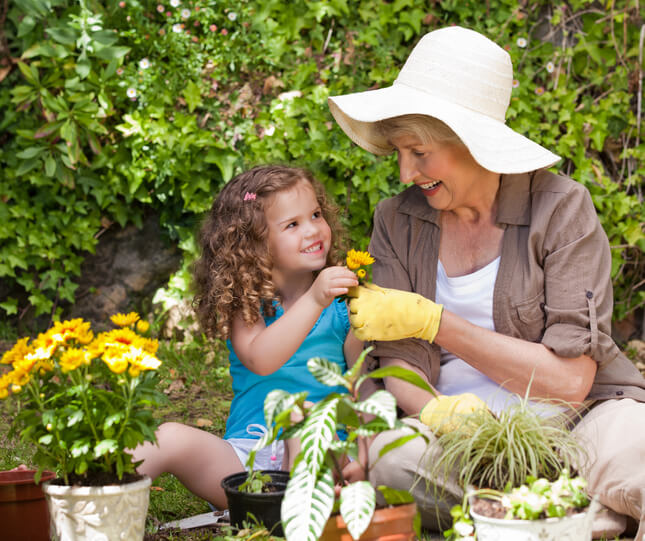
How to Get Started: Gardening for Beginners
If you’re new to gardening, you may want to contact your county’s Master Gardener Program. This program, typically offered through a state university’s agricultural extension office, provides guidance on what, when and where to plant in your location. It’s a perfect start to gardening for beginners. Or, you may want to refer to the USDA Plant Hardiness Zone Map, which recently just changed, to determine what plants are suitable for your climate and most likely to flourish. As a good rule of (green) thumb, you can’t go wrong when you stick to native plants, or plants that are originally from your area. (Pollinators will thank you, and they’ll have a great chance of surviving.)
Just keep in mind that not all types of gardens may work on your property. Is your yard very shady? If so, it might not make sense to plant a rose garden, as roses require at least six hours of direct sunlight a day. But a butterfly garden might be a unique alternative if you don’t mind rethinking your plans. Experts at your local nursery can also help you decide which plants will thrive.

Gardening for Beginners: Avoid These Mistakes
Planting in low-lying areas. Avoid planting in areas where water tends to accumulate as this can drown your plants and cause their roots to rot.
Planting too close together. A crowded garden hinders air flow and forces plants to compete for water and other nutrients. Always space plants based on the size to which they’ll grow.
Planting non-native or overly invasive plants. Some non-native plants may struggle to grow in your garden, requiring considerable time and effort if you wish to see them flourish. Others may not grow at all, despite your best efforts. Invasive plants can overrun native species and destroy natural habitats. Your local agricultural extension office can help you learn what plants to avoid and what plants will likely prosper.
Separating flowers and vegetables. Companion planting involves planting different species close together to enhance the growth of each. Many edibles and ornamentals make great companions. For example, garlic helps to keep roses healthy and marigolds help to repel beetles, nematodes, and other pests in a vegetable garden.
Ignoring your water supply. No matter where you live, you need to make a plan for dry spells. Drip irrigation brings water straight to your plants’ root zone via pipes or tubes, wasting less water than sprinklers. Such a system is fairly easy to install and something you can tackle as a weekend project. You can also utilize any rainfall to water your plants by catching and collecting it in a DIY barrel.
If all of this sounds like too much, remember that you don’t need to start a garden from scratch! You could install a window box and plant a few colorful flowers or tasty herbs, or invest in self-watering pots for easier maintenance. Or, you could join a community garden. At some community gardens, you buy a plot that you work yourself. At others, you pay a membership fee and work toward a communal harvest.
Whatever it is that you end up doing, make sure you take the time to admire your hard work and burgeoning green thumb, whether it’s a butterfly garden, vegetable garden, wildlife habitat or just a few curb appeal upgrades. No matter the outcome, it’s the journey that matters.


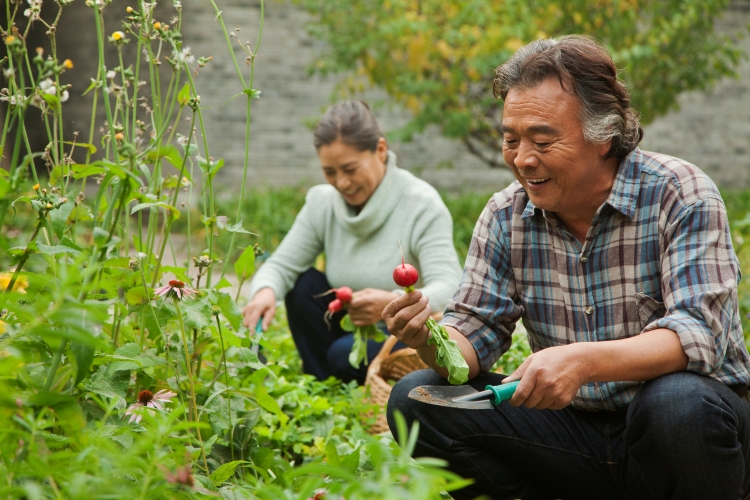
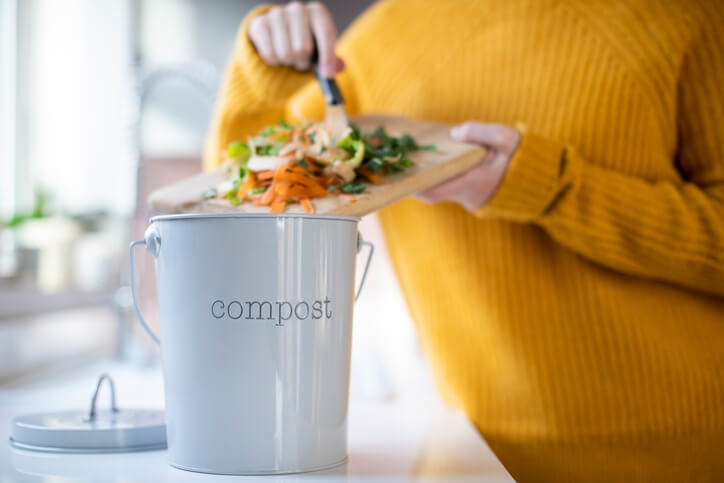
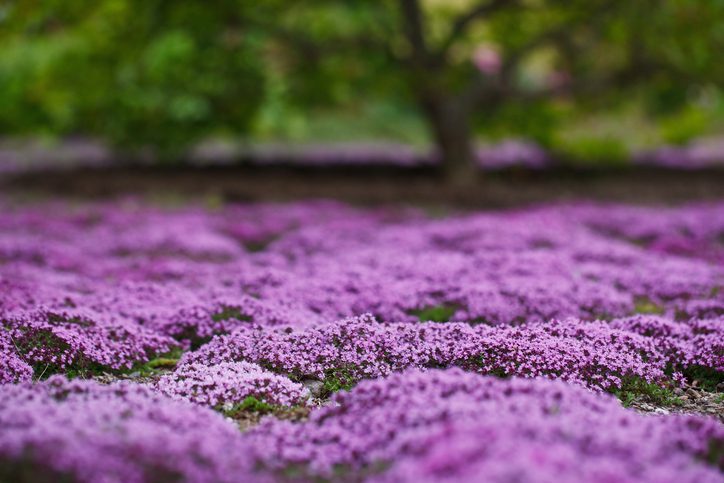
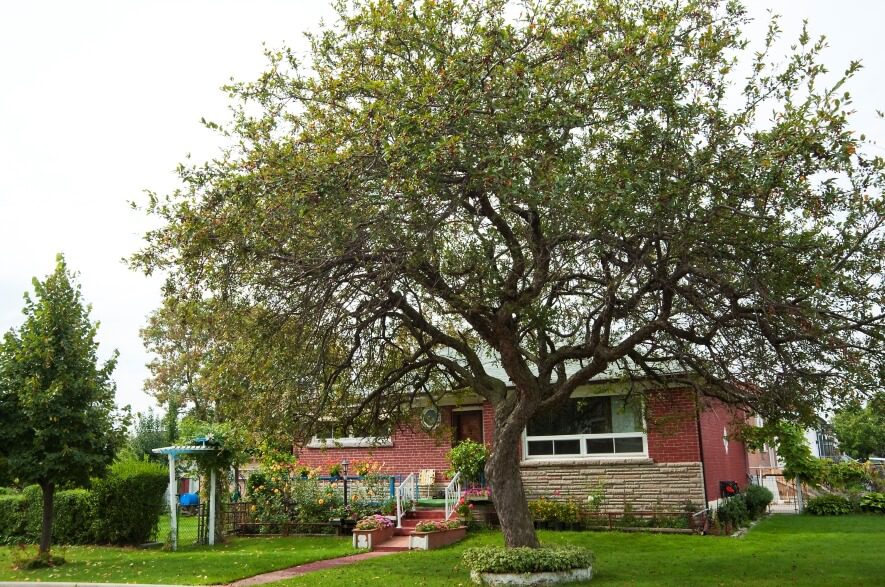

I love gardening.I go to my plot every other day.I love the sound of nature in the early morning
I started my gardening quite a few years ago after I noticed that my husband had planted several plant in the same holes and hardly ever watered. He neglected to weed and that became my annual job. I’ve never liked gardening! But since taking over the front yard, it’s become my major reason for getting out of bed!! 😁 I’m now 72 years old with a rare autoimmune disease called CREST. It’s not fun. But I’m trying to create a place to relax and find peace, quiet, solitude…Almost there!!! I’m hoping the benefits listed in this article are true. If so, I just might live long enough to enjoy all my hard work!! If all you do now is sit and watch TV I recommend going outside and pulling a few weeds!!! You might find that it’s surly a lot better than watching the news!!
I grow a small.
Garden every sprit’s very good for the mind and soul. I also ride a bicycle 5 miles a day. I’m 7 years old.
You probably water your potted plants by pouring water on top of the dirt. Despite the fact that this can be an reliable way to obtain moisture to your plants, it isn’t the very best approach for several varieties. Dropping water on some plants, such as African violets, can create them to become tarnished and identified. If your plant is coming to be root-bound, moisture may not saturate right into the dirt and also might rather diminish the sides. Sprinkling potted plants from the bottom eliminates these issues and also includes dampness to the dirt more effectively. It will conserve you effort and time along with give your plants a much healthier setting
You possibly water your potted plants by pouring water on top of the dirt. Despite the fact that this can be an effective method to obtain moisture to your plants, it isn’t the best approach for several varieties. Going down water on some plants, such as African violets, can create them to become discolored as well as detected. If your plant is becoming root-bound, moisture might not saturate into the dirt and may rather diminish the sides. Watering potted plants from the bottom removes these issues and includes dampness to the dirt more effectively. It will certainly conserve you effort and time along with offer your plants a healthier setting
I have noticed that car insurance providers know the vehicles which are susceptible to accidents along with risks. Additionally , they know what kind of cars are prone to higher risk as well as the higher risk they’ve the higher the particular premium charge. Understanding the straightforward basics of car insurance will allow you to choose the right types of insurance policy that could take care of your preferences in case you get involved in any accident. Thank you sharing the particular ideas in your blog.
Thank you…one can also talk to plants…without negative answers on return ..which calms the spirit..